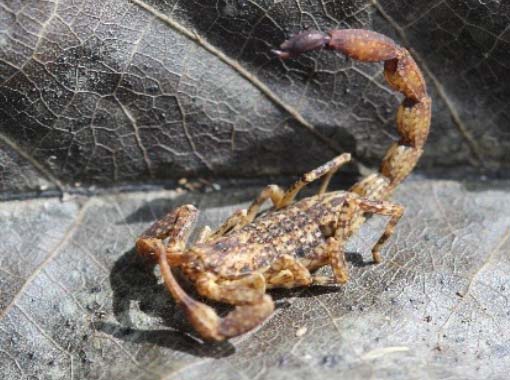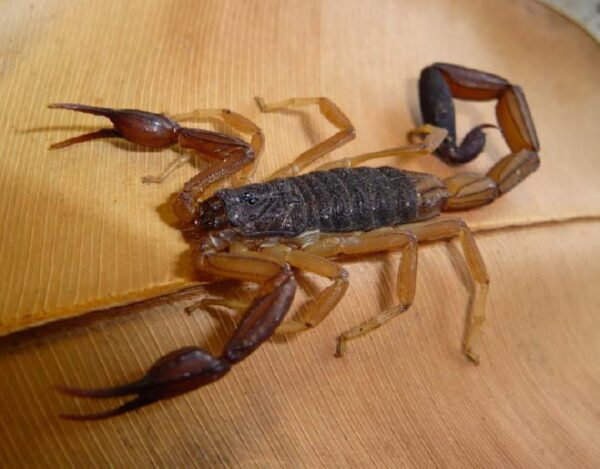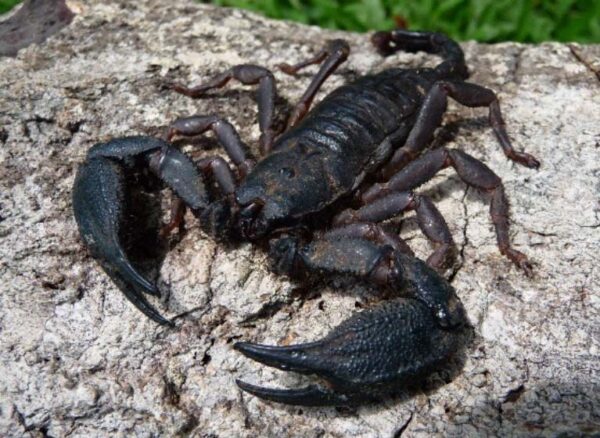Scorpions in the Canal areas
Scorpions are successful and evolutionarily very ancient predators. They are widely represented throughout the world, with an estimated 2,100 species […]
Scorpions are successful and evolutionarily very ancient predators. They are widely represented throughout the world, with an estimated 2,100 species distributed in subtropical and tropical regions. Their flattened bodies allow them to hide in small spaces. They live in a variety of microhabitats, under rocks and plant material such as tree trunks, leaves and bark. But also, in any cracks and crevices in places of human, industrial or household activity.

Scorpions are not insects, they belong to a different group called arachnids and absolutely all of them are venomous. The toxic potency of the venom depends on each species. Some can be lethal, but most cause reactions comparable in severity to a bee sting. However, they can also trigger an allergic reaction.

Experts point out that Panama has the highest incidence of scorpionism in the Central American region. In areas of the Canal Watershed there are scorpions of medical importance, so it is essential to follow safety recommendations to avoid accidents. Among the most relevant are the species of the genus Tityus, whose venom is toxic enough to be considered lethal. But other species also live in these areas, whose venoms represent less risk to people. In any case, it is advisable to always seek medical attention, especially when dealing with children.

- The names scorpion and scorpion have different origins, the former being Greek and the latter Arabic, but they are synonymous and refer to the same animal.
- Scorpions have nocturnal habits, they catch their prey with their pincers and inject venom with their sting. They feed on crickets, cockroaches, beetles, termites, ants, spiders and small lizards.
- Their venom has therapeutic properties that are studied for the treatment of cancer, arthritis and tumors. Also as an antibiotic, antiviral and reinforcement of the immune system.